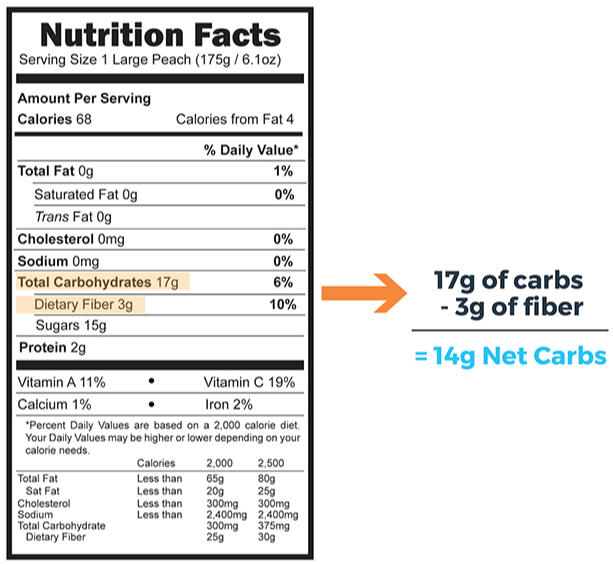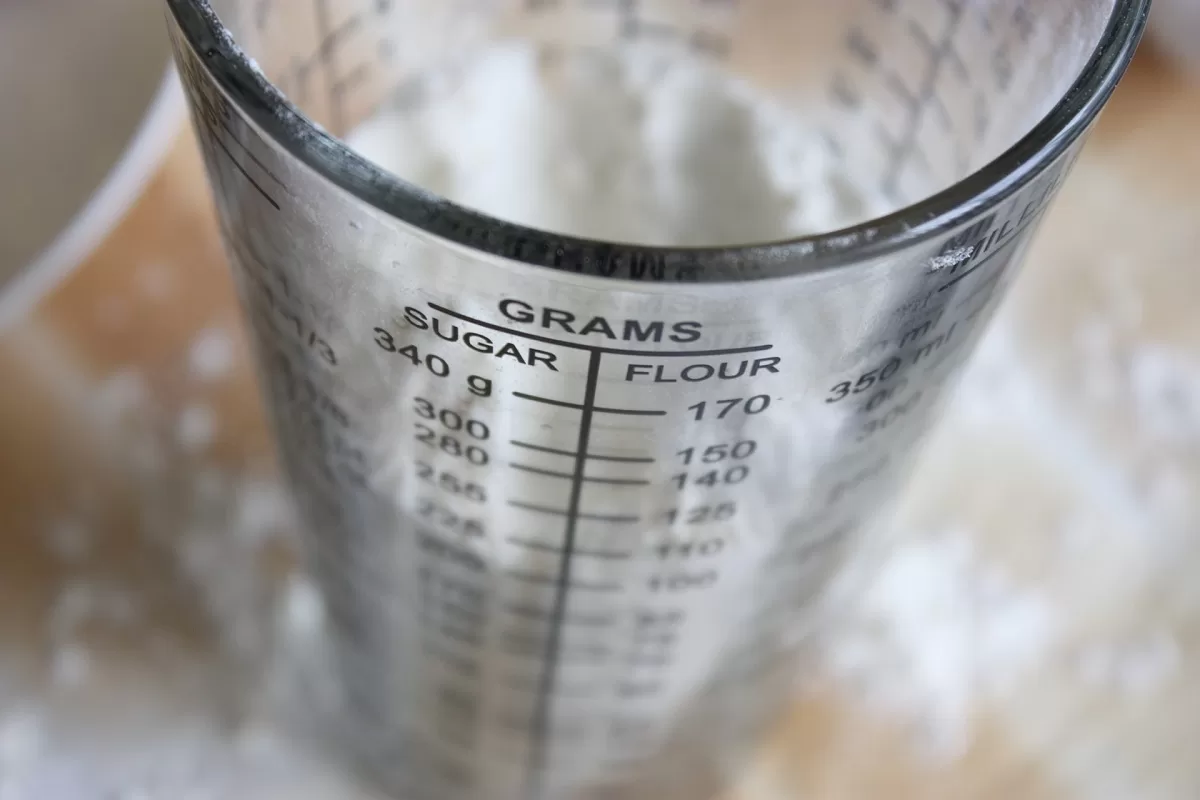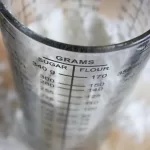Take Control of your Keto Diet Today...
Introduction
The key to successful Keto is knowing and understanding your nutritional keto macros.
Most weight-loss diet programs work by limiting your daily calorie intake, but the Keto diet works from a different angle altogether.
Instead of drastically reducing calories, the keto diet changes how your body uses energy.
Keto Macros in Detail
Instead of using glycogen, (glucose), which your body would normally get from carbs, the keto diet, by limiting the number of carbs, pushes the body to use a different source of fuel called ‘Ketones’.
These ketones are a naturally occurring byproduct of the metabolism of fats and when the body begins to produce these for energy, fat being stored by the body is used for energy.
This is called ‘Ketosis‘.(https://www.webmd.com/diabetes/type-1-diabetes-guide/what-is-ketosis#1)
Unlike other low-carb diets, the keto diet also takes the amount of protein into account… Protein can be used by the metabolism to create glucose; if too much is consumed, the body can be prevented from achieving ketosis.
Understanding how these ratios work to achieve weight loss is key to succeeding on the keto diet…
Follow these steps to gain a real insight into how the Keto macros wors and how they will work for you.
How to understand your Keto Macros
Losing weight on the keto diet is all about creating meals that cut out the carbs, limit the protein, and use fats as the main component.
To understand what macro ratios will work for you, you need to first understand exactly where you are right now… and where you aim to be with the diet.
To help with this, there are a lot of macro tracker apps… all of which have the same overall function, which is to monitor the number of calories you’ve consumed from the nutrients in the foods you’ve eaten each day.
Some will add extra functions such as planning daily meals for you, to offering ingredient lists and shopping lists.
Our recommended App is here… and is currently offered as a 7-day free trial.
Calories
Your nutrition plan starts with your current age, weight, activity levels, and current BMI, (Body Mass Index). These factors determine your daily calorie needs as a base.
Next…
Are you looking to lose weight, gain weight, or maintain your current weight and are mainly using keto for a healthier diet?
This choice fits you into one of three general groups that each have increasing levels of carbs and will determine the number of calories you need each day;
- Maintenance Level.
- This is for you if you are trying to maintain your current weight – using the keto diet for healthier eating.
- Weight loss.
- This level requires a calorie deficit, ie, eating fewer calories than you need.
- Weight gain.
- requires a calorie surplus.
Then, once you’ve got your daily energy needs, you can build your macro goals accordingly.
Carbs
Estimating your keto carb needs is arguably the most important step.
Research suggests a carb intake of less than 20 to 50 grams per day is sufficient to promote ketosis in most people—but the exact amount you need can vary (1).
Thus, a carb intake of 20 to 25 grams per day is a good starting place. However, if you find you are having trouble sticking to that amount you can start a little higher, at 50 grams.
You can also use your total calorie intake as a gauge.
Carbs provide roughly four calories per gram. So, if you are in a lower calorie range—less than 2,000 calories a day—20 grams would be adequate for reaching 5% of your calories from carbs. If you are in a higher calorie range, you may need slightly more.
Use the following guidelines to estimate your starting carb needs:
| Calories/Day | Carbs/Day (g) |
|---|---|
| <2000 Calories / Day | Max 20g |
| 2,000 – 2,500 Calories / Day | 25 – 30 |
| 2,000 – 3,000 Calories / Day | 30 – 35 |
| >3,000 Calories / Day | 35 – 50 |

Net Carbs Explained
If you look at the nutrition labels on food, you will notice that total carbs include dietary fiber…
On low-carb or Ketogenic diets, only ‘net carbs’ are counted.
The reason for this is fiber… or more precisely, dietary fiber.
Fiber is a type of carb that is not easily absorbed by the body (meaning it won’t affect blood sugar levels the same way sugars do) and thus, can be excluded from your daily intake.
Take your total carbs each day and subtract the amount of fiber you consumed to get your net carb amount.
Protein
Protein intake is also important since it plays a role in supporting your lean body mass and other essential bodily functions.
Some argue protein should be kept low on keto because it can be metabolized into glucose (sugar). However, research suggests that higher protein intake may support better appetite control and a lower body fat percentage without messing with ketosis (2,3,4,5,6,7).
Your keto protein needs can be estimated based on your activity level and fitness goal.
Choose one of the following:
| Activity Level | Description |
| Sedentary | Little to no exercise. |
| Moderately Active | Moderate exercise 2 or more days per week. |
| Very Active | Hard exercise 3 or more days per week. |
Then, based on your goal and activity level, you can use the following recommendations:
- Maintain/sedentary: 0.6g/pound of body weight per day
- Fat loss/mod active: 0.9g/pound of body weight per day
- Gain muscle/very active: 1.1g/pound of body weight per day
For example, a 150-pound moderate active individual looking to lose weight would need 135 grams of protein per day. (150 x 0.9 = 135).
To get this amount in calories, simply multiply by four (protein provides four calories for every gram).
*2,3,4,5,6,7 – www.ncbi.nlm.nih.gov/
Fats
Lastly, your keto fat needs can be calculated based on your remaining calories. Each gram of fat contains roughly 9 calories.
Here’s how to do the math:
- Take your carb amount and multiply your grams of carb by 4 to get your calories from carbs.
- 20g x 4 = 80 calories from carbs
- Now do the same with your estimated protein needs from above.
- 150g x 4 = 600 calories from proteins
- Now add your carb and protein calories and subtract from your total daily calorie needs.
- 1800 daily calories – (600 calories protein + 80 calories carbs) = 1,120 calories remaining
- Now divide your remaining calories by 9 to get how many grams of fat you need per day.
- 1,120/9 = 124 grams of fat per day
Summary
By now, you should have a better understanding of what your daily macronutrients should look like.
It is worth noting at this point, that it can be a bit of a ‘shock to the system’ at first.
Keto Flu
The sudden change in metabolism can cause some mild ‘flu-like’ symptoms…
Also worthy of note, is the need to maintain hydration with plenty of water and electrolytes.
Related: Keto Diet – The Health Benefits & Risks
Essential Reading :
Keto Diet – Ultimate Beginners Guide
Best Foods For Ketogenic Diets
You can find plenty of inspiration in the Recipes collection.









